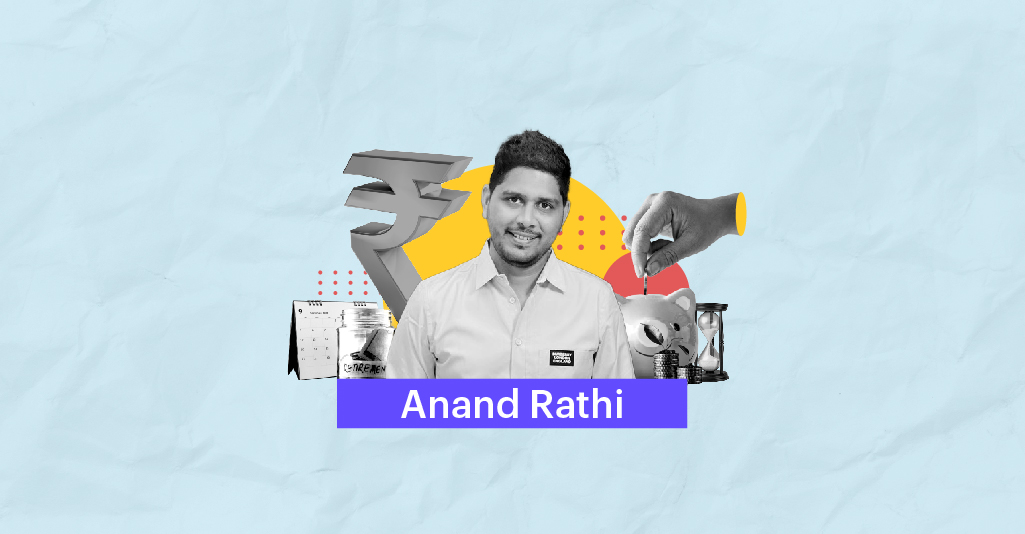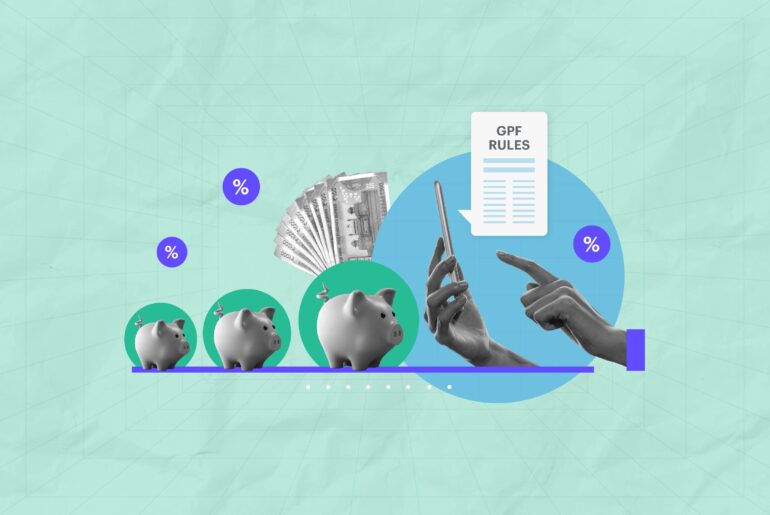Last Updated on Aug 25, 2022 by Aradhana Gotur
The need for building a substantial retirement corpus is something that no prudent investor can play down. A clearly laid out retirement plan, supplemented by a sufficient corpus, grants one the power to not only be financially independent and sustain a proper lifestyle without worrying about expenses post-retirement but also be able to meet any unforeseen expenses in the form of medical emergencies or just provide oneself with a hedge against inflation.
From an Indian perspective, it is also customary for the heads of the house to plan their retirement corpus in such a manner, to ensure that they leave behind some wealth, as a posthumous legacy. These arguments go on to elucidate why the need for a sizeable fund cannot be undermined. Now that we have an endgame in mind, we are better equipped to investigate some avenues that can be explored to achieve our dream corpus.
Table of Contents
Take stock of your initial investment
Before proceeding further, it is necessary that we take an important point into consideration – inflation. If you are currently eyeing an 8-figure corpus of, let’s say, Rs 1 cr., are you certain that it will hold up 15 yrs down the line? To put it bluntly, NO. Given the exponential rise in prices that has occurred over the years, a realistic assumption to make is to consider that prices will keep rising steadily.
With this concern out of the way, let us now understand what your portfolio should look like, to achieve your goal. A traditional approach to this question is to first organize and arrange your initial investment. If one is eyeing a goal of Rs 10 cr., an obvious head start can be achieved with a higher initial investment of, say, Rs 25 lakh. This happens because a person in possession of a higher initial capital has a greater margin in terms of the annual return required in comparison to someone with comparatively lower capital.
Maximising the initial investment
Our major objective now is to maximize these annual returns. A popular way to achieve this is through mutual fund schemes. There are certain Indian mutual fund schemes that have consistently provided investors with an annual return of around 16%. Hence, if you play your cards right and invest in the correct mutual fund schemes, you too can amass massive returns.
Go long on investing for sunset years
However, selecting such schemes can be a bit of a gamble, that might or might not pay off. If you’re still young, dynamic, and have a stable source of income, you may even consider diverting some of your earned income towards equity investments. Contemporarily, equity investments act as proponents of long-term growth. Long-term being the key term here.
Dodge short-term market noise
Usually, in the short-term, the returns from equity investments are extremely volatile, as they are directly responding to market changes, as and when they occur. In the short term, equity prices tend to fluctuate as they respond to both company fundamentals as well as market noise. However, if you’re planning on going long and sticking around, they have the potential to generate sizeable gains and very well justify the risk.
One SIP at a time
Next up, we have an option to go down the SIP route. A SIP or a Systematic Investment Plan is an avenue that requires investors to set aside and invest a set amount at regular intervals of time. These minuscule investments have the potential to grow one’s wealth exponentially. It is advised for investors to keep slowly, yet steadily increasing the amount they devote towards their SIPs. This allows them to start small, and still reach their target through a gradual increase in investment amounts.
Muster what you already have
Finally, investors can also consider combining the SIP approach and their initial corpus, to speed up the entire process. Added to this, effectively contributing one’s annual bonuses or any other windfall gains cumulatively to the retirement fund could go a long way in building a humongous wealth corpus.
In all the options that have been mentioned above, a couple of requisites that remain constant are the need to harbour a long-term perspective, as well as financial discipline. The prime deterrent that keeps people from amassing the corpus they desire is the lack of discipline. Compounding can only work its magic if investors are committed to setting aside the requisite amounts as per their goals, on a regular basis. Thus, it can conclusively be said that the core tenet for financial stability always has been, and always will be embedded in the discipline.





